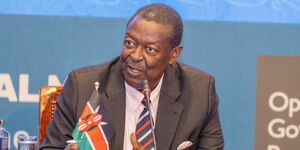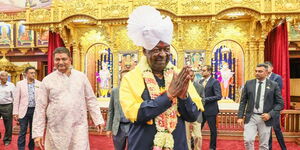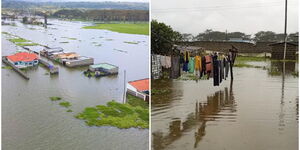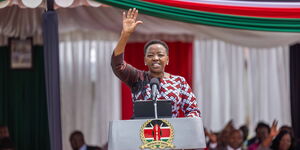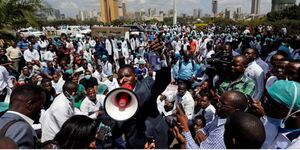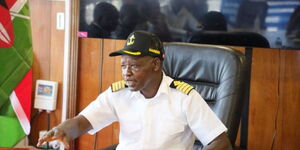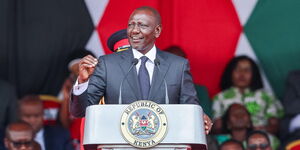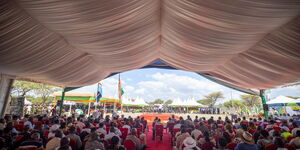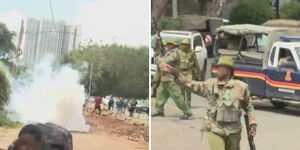The Government of Kenya, through the Kenya National Highways Authority (KeNHA), has mobilised private sector capital and expertise in the infrastructure and partnered with the China Roads and Bridges Corporation (CRBC) to implement the Nairobi expressway project.
However, Kenyans were up in arms on Wednesday, September 16, as the proposed Expressway will see one of the oldest rugby clubs in Kenya Mwamba RFC lose its iconic and richly historic Railway Grounds, famously known as Reru.
Kenya 7's rugby legend Collins Injera was among hundreds of Kenyans who aired their sadness over the possibility of the grounds being acquired for a bus park.
Many questioned the necessity of the Expressway in the first place.
"To be honest do we really need this expressway? We are losing green spaces, children's playground, and sports grounds, for a road that is unsustainable," a Kenyan quipped.
"This is wrong. Completely wrong. My grandad played the first soccer game ever held on this field, a Kenyan team vs a Ugandan one in 1922. I played rugby for Mwamba B in 1996 & `97. I was a tiny schoolboy but we crashed Laikipia Airbase soldiers here. Where do they want sports to go?" Tiras Waiyaki Thuku posed.
A Kenya Gazette Notice No. 2161 dated March 12, 2020, detailed the intended acquisition of several parcels of land to give way for the construction of the Nairobi Expressway.
"In pursuance of the Land Act, 2012, part VIII, the National Land Commission (NLC) on behalf of Kenya National Highways Authority gives notice that the Government intends to acquire the following parcels of land for the construction of Nairobi Expressway Road Project: L.R, No. 209/11379 Kenya Railways Corporation," it reads in part.
The mega-project has been marred in controversy from day one, with protests forcing the government to redesign sections of the road.
On October 31, 2019, the design of the expressway was adjusted after public uproar that the project would hive off parts of Uhuru Park.
Many saw it as dishonouring the memory of Nobel Prize winner Wangari Maathai, who rose to prominence for her efforts to preserve the park.
The 27km four-lane dual carriageway is to cost Ksh61 billion runing from JKIA to the western part of the city.
This project is proposed to be developed in a Public-Private Partnership (PPP) model with a 30-year concession period, including a 3-year construction period and 27-year operation period.
Land acquisition and resettlement was listed as a major issue in the project assessment report presented to the National Environment Management Authority of Kenya (NEMA) on January 15, 2020.
"For the K18+900-K19+300 Haile Selassie section, the alignment is laid out on the west side of A8 Road, occupying part of the land belonging to the railway bureau, without additional demolition," reads a section of the report.
It was also revealed that motorists would have to fork out Ksh300 to bypass the usually gridlocked Uhuru Highway if they choose to use the Nairobi Expressway running from Mlolongo to James Gichuru Road, for their convenience.
KeNHA Director General, Engineer Peter Mundinia, said that motorists were willing to pay an average of Ksh6 per kilometre for personal vehicles.
“If you are to use the entire corridor from Mlolongo through Nairobi up to James Gichuru you will pay Ksh300 for a small vehicle; if you exit anywhere in between then you will pay pro-rata,” he detailed at the time.
The proposed Nairobi Expressway is underpinned by a concessionaire of the CRBC PPP deal – they will build, design, finance, maintain and thereafter transfer to government at the end of 30 years.

